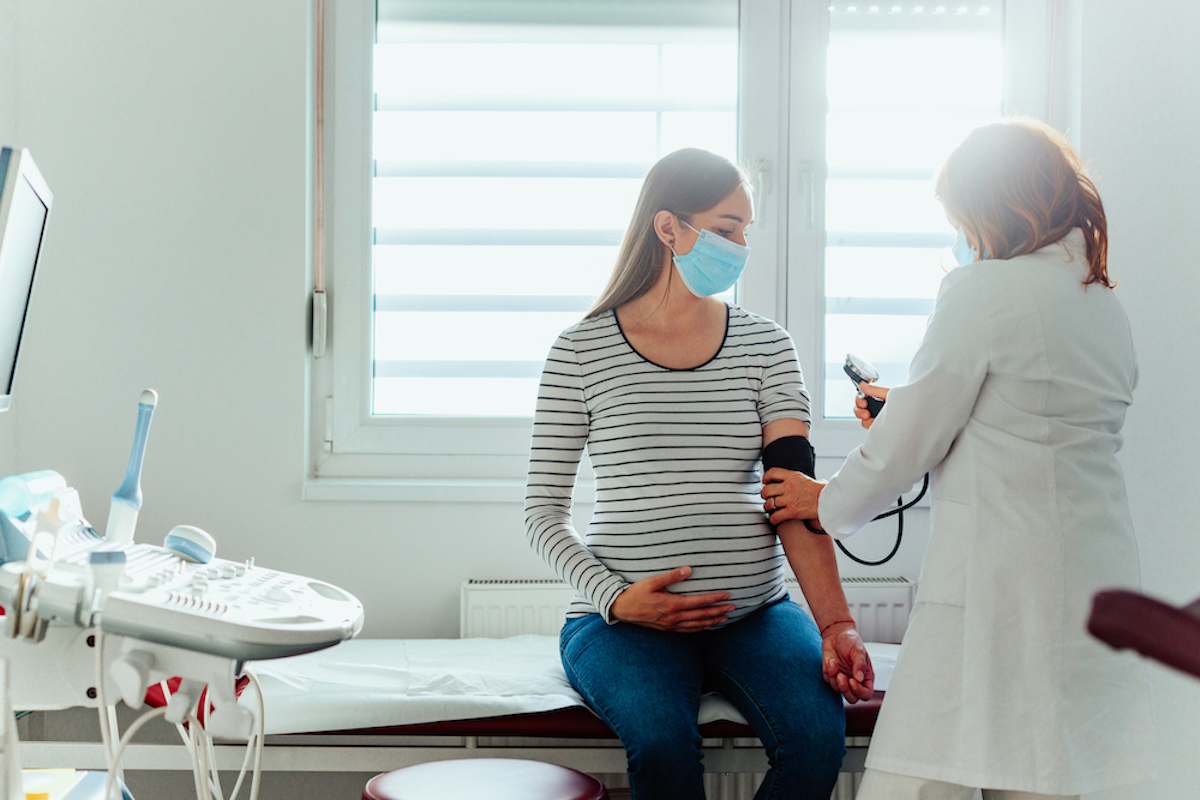I need some advice on “white coat hypertension.” Ever since a stressful few weeks during my last pregnancy that led to a couple of high blood pressure readings, and followed by threats from my doctor about being induced, I regularly get super-high BP measures (150ish/90ish) in a medical setting, but they’ve always been perfectly healthy (110/70) at home. My primary-care doctor has officially diagnosed me with white coat hypertension, but my (new) OB isn’t satisfied and wants endless second opinions — which I can understand, but it’s also not helping my rising panic at the sight of a blood pressure cuff. Firstly, is there any therapy or tactic actually proven to help WCH? And secondly, can you help me make sense of the research on WCH in pregnancy? It seems like the consensus is that findings are inconclusive and no one knows what to do about it.
—Feel Like I’m in a Kafka Story
“White coat hypertension,” for the unfamiliar, is just what it sounds like: high blood pressure as a result of exposure to white coats, or, rather, doctors. “Hypertension” is defined as blood pressure over a cutoff (typically 130/80 or 140/90). Patients with hypertension all the time are treated with blood-pressure-lowering medications. However, if high blood pressure only appears at the doctor, then treatment is not appropriate. The usual approach to figuring out whether the hypertension is real or doctor-induced is to take a blood pressure test at home. If that is normal (as it sounds like yours is), then no treatment is necessary.
White coat hypertension is thought to be reasonably common — perhaps 10% of people — and estimates put it at even more common in pregnancy. In one study, designed to evaluate home monitoring of blood pressure in pregnancy, 25% of the pregnant women in the study had this condition. Their at-home blood pressure readings were normal, but they saw elevated readings at the doctor.
There isn’t really any emphasis on therapy or treatment for this, since it doesn’t need to be treated. Because you do want to know if someone is actually hypertensive, at-home monitoring is a good idea, along with having a provider who understands what is going on and will pay attention to and prioritize the at-home monitoring.
My sense is that your real problem may be that your OB is not listening to your obvious and accepted diagnosis. It may be better to find a new OB rather than trying to change yourself.

















